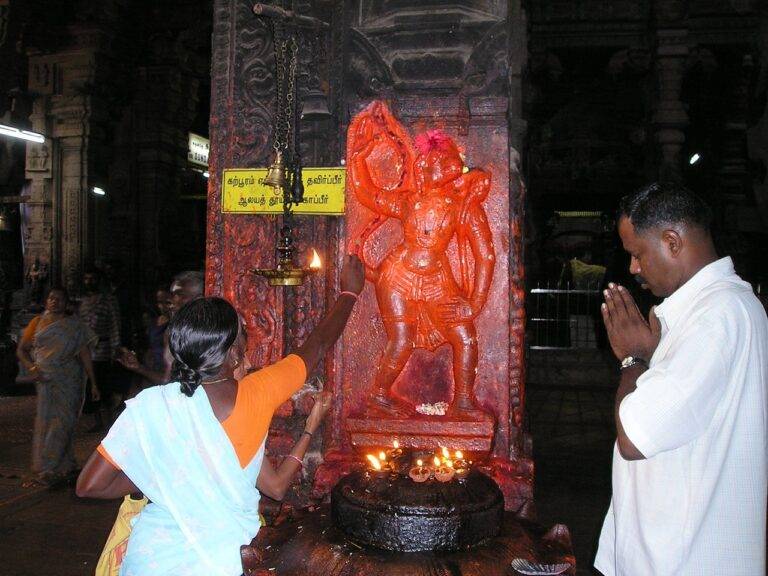Analyzing the Effectiveness of Voter Outreach Strategies
Voter outreach strategies encompass various essential components that are integral to effectively engaging with the community. One key element is the development of a clear and concise message that resonates with the target audience. This involves crafting messaging that is easily understandable and addresses the concerns and priorities of the voters.
In addition to messaging, another crucial component of voter outreach strategies is building strong relationships with local communities. This involves establishing trust, actively listening to constituents, and demonstrating a genuine commitment to addressing their needs. By fostering these relationships, political candidates and organizations can create a sense of connection and credibility that is vital for successful voter outreach efforts.
The Role of Social Media in Voter Outreach
In the realm of voter outreach strategies, social media platforms have become a vital tool for reaching and engaging with voters. With the widespread use of social media among various age groups and demographics, political campaigns are capitalizing on these platforms to create targeted campaigns and foster connections with voters. Through platforms like Facebook, Twitter, and Instagram, political candidates can directly communicate their messages, share campaign updates, and mobilize supporters at a rapid pace.
The interactive nature of social media allows for real-time engagement with voters, enabling campaigns to respond swiftly to inquiries, concerns, or feedback. By leveraging features such as live streams, stories, and polls, political campaigns can generate excitement, build momentum, and humanize their candidates. Furthermore, the ability to segment audiences based on demographics and interests enables campaigns to tailor their messaging to specific voter groups, ultimately increasing the efficacy of their outreach efforts.
What are some key components of voter outreach strategies?
Some key components of voter outreach strategies include identifying target audiences, developing compelling messaging, utilizing various communication channels, and engaging with voters through events and activities.
How does social media contribute to voter outreach efforts?
Social media allows political campaigns and organizations to reach a large audience quickly and cost-effectively. It provides a platform for sharing information, engaging with voters, and mobilizing supporters.
Which social media platforms are commonly used for voter outreach?
Commonly used social media platforms for voter outreach include Facebook, Twitter, Instagram, and YouTube. Each platform offers unique features and targeting options that can help campaigns reach their intended audience.
How can social media be used to mobilize voters?
Social media can be used to mobilize voters by sharing information about election dates, candidates, and voting locations. Campaigns can also use social media to encourage supporters to volunteer, donate, and spread the word about their cause.
What are some best practices for using social media in voter outreach?
Some best practices for using social media in voter outreach include posting regularly, engaging with followers, using multimedia content, targeting specific demographics, and monitoring performance metrics to optimize campaign efforts.





